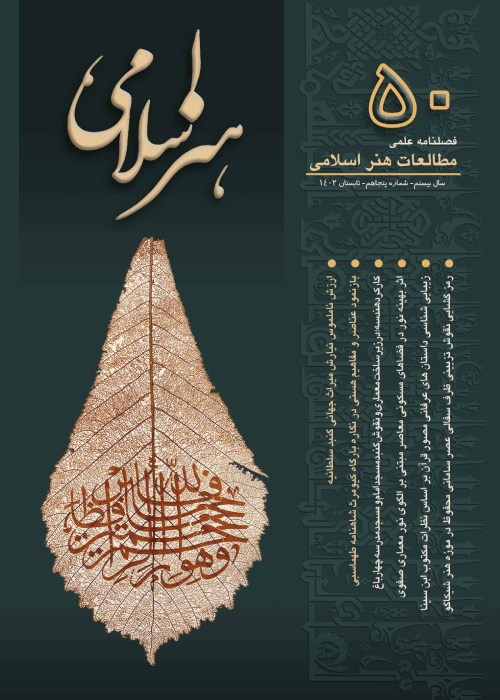Comparative Study of the textiles used in women’s clothing of Safavid and Qajar era by using SPSS software
One of the most brilliant periods of the textile industry has been since the beginning of the Safavid era and the best textiles have been used for the women’s clothing. During this era, with the use of suitable materials that used to be produced in weaving workshops, not only the backwardness in the field of textile was reciprocated but also due to Safavid kings sponsoring artists and craftsmen made the textile weaving art became unique throughout this period the way that Iran’s government was exporting a great deal of textile to European countries at that time. In the Qajar era, kings were not pricing the textile industry so much and caused the industry to lose its importance. During this period the silk export was only done in raw silk form and the silk textiles, cotton Keshmir scarf etc. have been imported from European countries to Iran. The present study aims to evaluate and compare the textiles used by women in clothing by using statistical software using descriptive and analytical method and collecting data in library form in the field of textiles in these two periods. Findings of the study suggest that: the brocade has had the most consumption during Safavid period and velvet cloth and silk have had the most application during the Qajar era. With respect to the results of the achieved statistical analysis it can be said that: all three types of these textiles in Qajar era have been affected by the Safavid era. Aim of the research: 1. Identifying the used textiles in women’s clothing in Safavid and Qajar era. 2. Checking the amount of influential effect of the Safavid women’s clothing textiles on the Qajar women’s clothing textiles. Research questions: 1. What relation is there between the Safavid and the Qajar women clothing textiles? 2. How many wear textiles of the Qajar women’s clothing and the Safavid women’s clothing relate to each other? 3. How much percentage of each textile did women use in clothing?
Textile , Women’s clothing , Safavid , Qajar
- حق عضویت دریافتی صرف حمایت از نشریات عضو و نگهداری، تکمیل و توسعه مگیران میشود.
- پرداخت حق اشتراک و دانلود مقالات اجازه بازنشر آن در سایر رسانههای چاپی و دیجیتال را به کاربر نمیدهد.


